You don’t need a shopping spree to refresh your home. In fact, some of the most inviting and personal spaces come together without buying a single thing. With a little creativity—and a shift in perspective—you can transform your rooms simply by reworking the items already under your roof.
Decorating with what you already own is more than a budget-friendly approach; it’s a way to create a home that feels like you. We reached out to interior designers and home styling experts who specialize in this kind of thoughtful transformation. Their advice proves that the right piece might already be in your closet, garage, or tucked behind a stack of books.
Shop Your Storage and Let Sentiment Lead
Decorating on a zero-dollar budget can feel limiting at first—but it’s also where creativity thrives. Nana Quagraine, founder of 54kibo, turned an unfurnished apartment into a warm, expressive space without spending a dime. Her approach? Begin with what already holds meaning.
“I walked around my space and gathered items I already owned that had sentimental value or aesthetic appeal,” she shared. A scarf from her travels became a table runner. Books hidden in storage were stacked into styled vignettes. A forgotten vase came to life with clipped branches from outside.
This idea of “shopping your storage” is one of the most powerful—and often overlooked—ways to breathe life into a space. Instead of buying something new, it’s about seeing your own belongings in a different light. You can rethink a blanket as a wall hanging or use a jewelry tray to organize keys and mail in the entryway.
Quagraine also encourages tapping into personal history when defining your style. She leaned into her cultural heritage, using bold African patterns and earthy tones to build a space that felt rooted and modern at the same time. That blend of meaning and aesthetics can’t be replicated with mass-produced decor.
If your space feels mismatched or disjointed, her advice is to choose one item you truly love—like a rug, painting, or heirloom—and build around it. When you use your favorite piece as the foundation, everything else starts to fall into place.
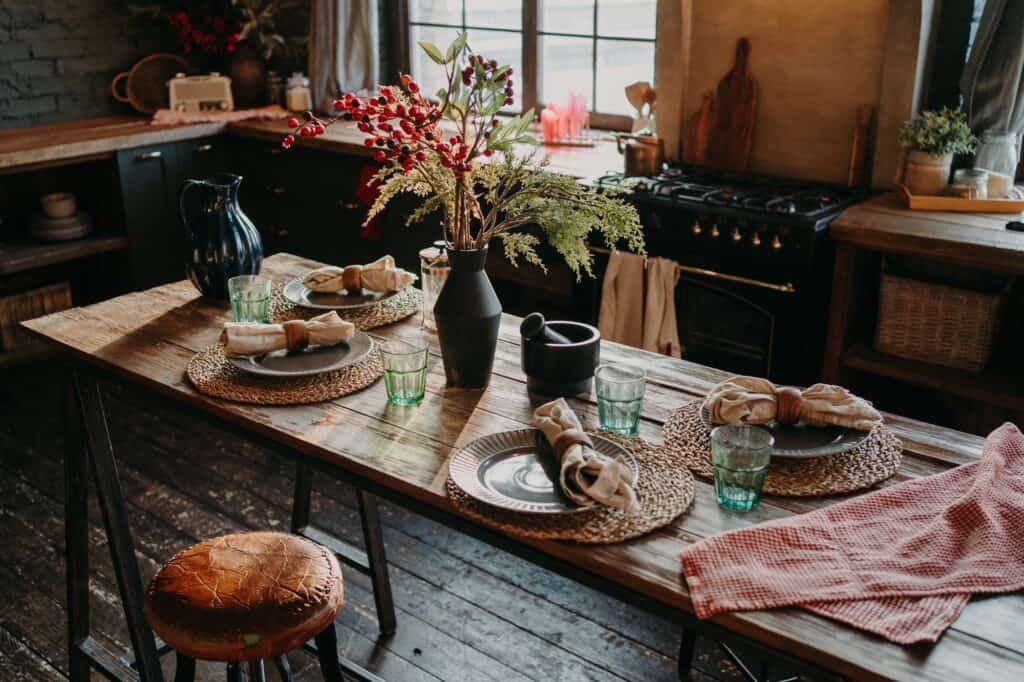
Rediscover Harmony Through What You Keep Reaching For
When a space feels off, the problem isn’t always clutter—it’s often a lack of connection between the home and the person living in it. Karen Watts, founder of DomiSource, suggests looking inward before rearranging outward.
“Your real style is whatever you keep reaching for,” she said. The colors in your closet, the textures on your favorite blanket, the mugs you always grab—these are clues to what makes you feel at home. If you gravitate toward warmth, softness, or contrast in your everyday life, those preferences should guide how you style your space.
Watts is a firm believer that small changes can lead to big shifts. She suggests moving art from one room to another, grouping decor in odd numbers, and playing with visual contrast. One of her favorite tricks? Hanging curtains higher and wider than the window frame to create the illusion of taller ceilings and a more expansive room.
She also encourages letting go of the guilt that keeps unwanted items in rotation. “If you don’t love it, don’t display it,” she says. “That vase your aunt gave you? It’s okay to tuck it away.” Home is a place for connection and comfort—not obligation.
When it comes to blending different pieces, Watts recommends grouping by tone and texture rather than color or style. A natural fiber basket, a linen pillow, and a ceramic mug might look better together than three perfectly color-coordinated but unrelated items.
I love decorating with flowers I’ve grown in my garden and vases I already have. Check out our tips for how to grow them and how to style them.
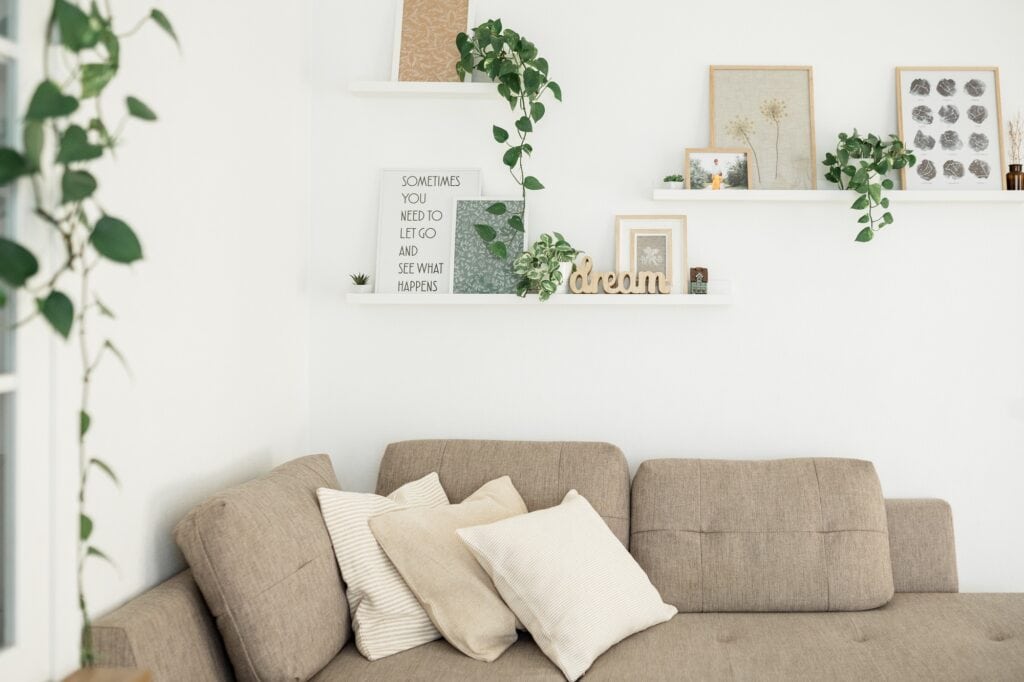
Create Breathing Room by Subtracting Before You Style
Sometimes the most powerful way to change a space is to take things away. Hayley McAteer of Cushee starts her styling process with a clean slate.
“Clear everything off your surfaces and remove smaller decor pieces from the room,” she advises. “Then reintroduce items one by one.” This exercise helps you see what you truly value—and what no longer needs to be there. When we stop seeing the objects in our space, it often means we’ve stopped appreciating them.
McAteer’s approach is refreshingly unfussy. Float your sofa instead of pushing it against the wall to improve flow and energy. Lean a mirror on the floor for height and drama—no nails required. Swap a lamp from one room to another, or bring books into the kitchen for an unexpected touch of warmth.
She encourages experimenting without pressure. “It doesn’t have to match—just make it rhyme,” she says. Grouping objects by shared tone, material, or shape can create cohesion even among seemingly unrelated items.
This process isn’t about perfection. It’s about noticing again. When your space feels stale, pause, remove, and return items with care. Often, the best styling happens in that quiet moment between clearing and curating.
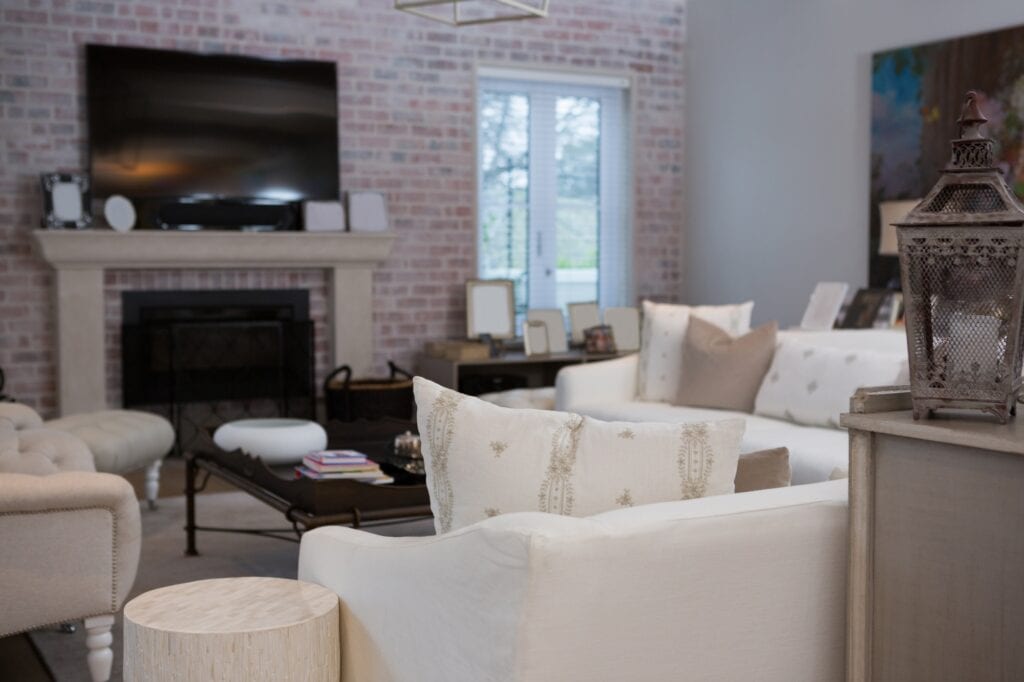
Let Your Home Reveal What You Love
According to interior designer Courtney Cole of TileCloud, your existing decor already holds clues to your personal style—you just have to look.
“The first place to look is your existing furniture or decor,” she explains. “What are you drawn to? What feels good to be around?” That instinctive pull can guide everything from color palette to layout.
Cole believes the simplest changes can be the most impactful. Rearranging furniture can define zones, highlight natural focal points like fireplaces or windows, and shift the entire mood of a space. Try angling a chair toward a window, or pulling the couch into the room instead of lining it up against the wall.
Even swapping out pillows or turning a piece of art sideways can spark a fresh perspective.
When dealing with items that don’t quite match, Cole recommends focusing on color coordination. If tones repeat throughout the room—even loosely—it brings a feeling of cohesion without requiring a full overhaul.
Her message is clear: trust your gut, observe what you love, and rearrange with intention. You don’t need a theme—you need a rhythm.
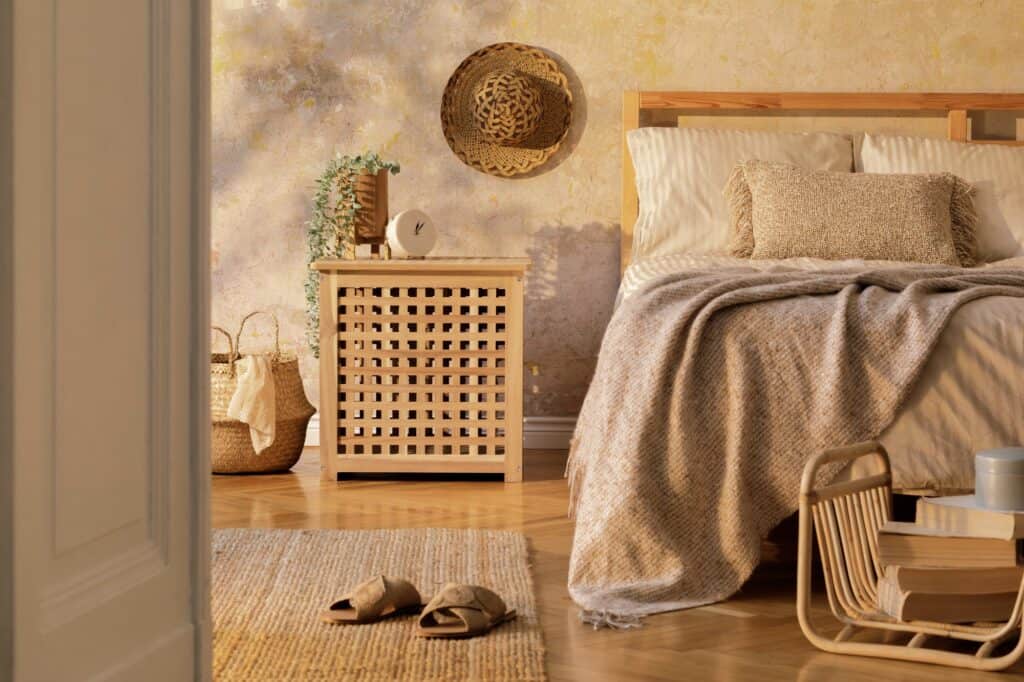
Clear the Room, Then Let It Tell You What It Needs
For Yoel Navon of 123 Remodeling, the process of styling starts with a literal and metaphorical reset.
“Start by clearing the space completely,” he advises. “When the distractions are gone, it’s easier to envision new layouts and arrangements.” An empty room allows for fresh perspective—suddenly, you see that a side table could double as a nightstand, or that a stack of books might work as a pedestal.
Navon believes decorating with what you already own is about working with intention. Move your furniture away from the walls to create cozy zones. Swap a table lamp to a different room. Redesign a shelf with more breathing room so your favorite pieces can shine.
He also encourages grouping objects by shared qualities—color, texture, finish—not necessarily by matching style. “A rustic bench and a modern lamp can work together if they share a similar palette,” he says.
When style feels elusive, Navon suggests turning inward: look at your favorite cafés, your wardrobe, or your Pinterest boards. These will often reveal the color schemes, materials, and moods that resonate with you—whether it’s calm and airy or bold and layered.
In other words, your style isn’t a label. It’s a pattern waiting to be noticed.
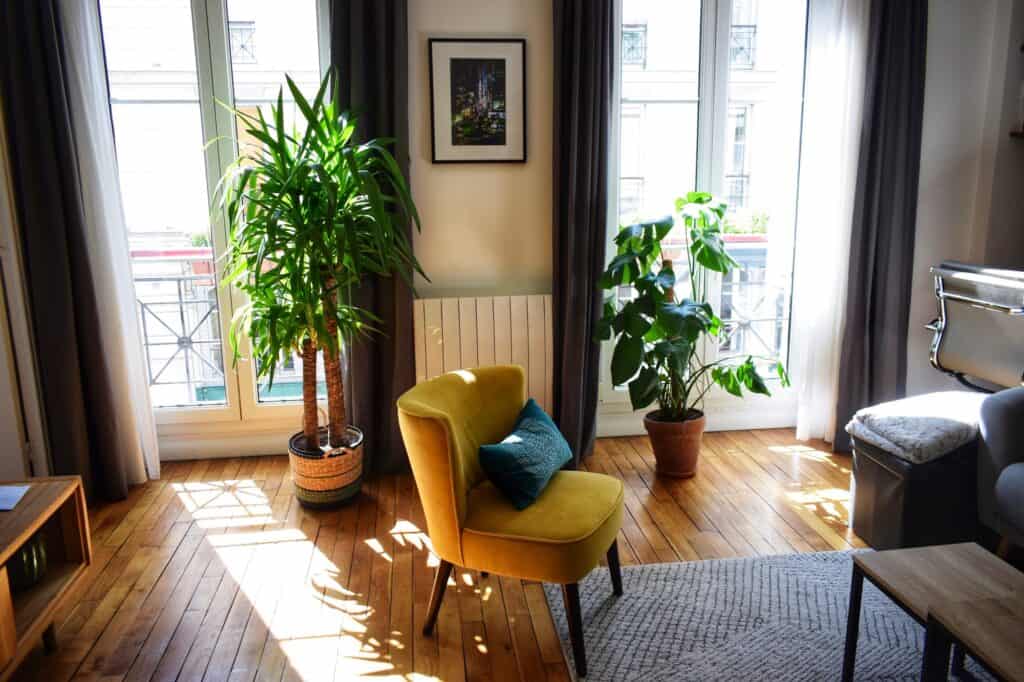
Decorating with What You Already Own
Every home has potential waiting to be uncovered. A lamp in the wrong corner. A stack of books waiting to be styled. A piece of art that just needs the right wall. Decorating with what you already own invites you to pause, reflect, and find beauty in what’s already yours.
With fresh eyes and a little experimentation, you can bring new life to the familiar—and create a space that feels not just styled, but deeply personal.